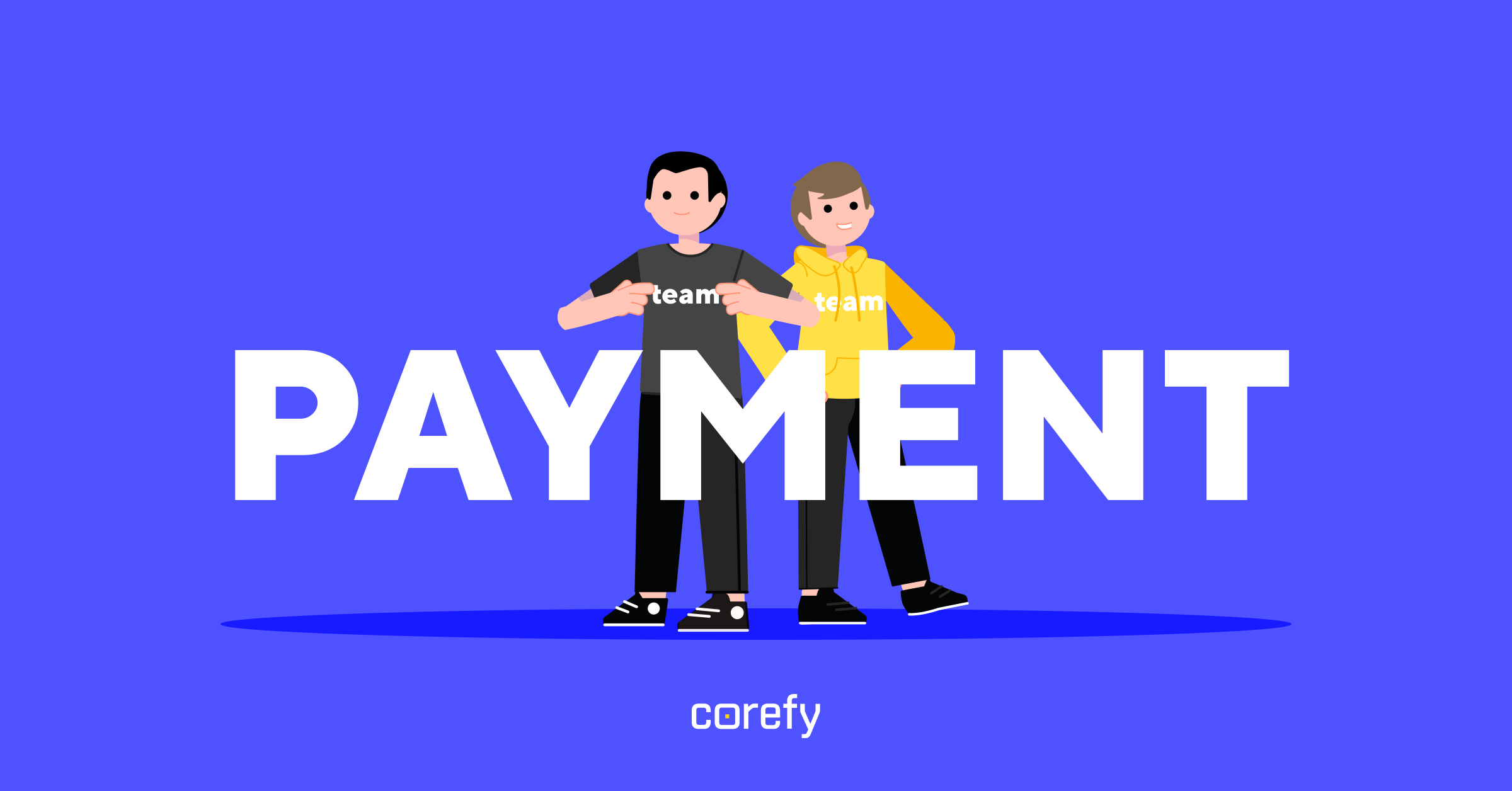Boosting conversion with payment team as a service: 3 client cases


Whether you’re a merchant or a merchant service provider, dealing with online payments requires spending significant time and nerves digging into the technical peculiarities of payment processing and solving everything that may go wrong.
Good news: with the payment team as a service, you don’t have to do it. Everything will be taken care of by professionals.
In this article, we will discover what it’s all about and how it works. We’ve also prepared three client cases proving the results this approach brings to real businesses.
As a service, or *aaS, means that a client is provided with some instrument or product as a service. Usually, such solutions are marketed on a subscription basis. The *aaS acronym is widely used in cloud computing. We at Corefy added the “payment team” to it to describe the payment assistance services we provide to our clients.
The primary aim of this service stems from a lack of payment knowledge. It precludes businesses from using the opportunities the modern payment industry and technologies offer. Corefy’s well-trained specialists help companies to fill that gap.
We assign a dedicated Account Manager to each client. The Manager establishes communication with a client and their team and offers initial training and product-specific learning paths to help clients settle and adopt the best practices. Our Managers are always there to answer clients' questions and help them solve any issue occurring. They work with our R&D and Business Development specialists to help clients reach their business goals faster.

The payment team as a service concept may seem vague unless you see what that team actually does and what kind of support you can expect. Let's elaborate on this a bit.
Here are three of Corefy's client pains our payment team helped them solve.
Once a payment provider had added Google Pay to its selection of payment methods, Corefy's major PSP client decided to connect the newly-added method. The client expected a conversion rate per this method close to the one it has with Apple Pay — 92%. It was a fair assumption, as both methods are famous for high conversion rates.
In fact, the conversion for Google Pay reached a miserable 14%. The payment provider or the issuer declined most transactions. Our payment team stepped in to analyse the interaction.
First, we examined and highlighted the possible causes directly to the payment provider. Our specialists recommended they change the parameters of interaction with the issuer accordingly.
Then, we checked the merchant's web application and revealed that it did not consider Google Pay's work logic. Due to web page settings, the GPay button wasn't displayed in the iframe, forcing customers to leave the page without paying. We suggested pertinent changes.
A few hours after fixing both problems, our PSP client reached an 84% conversion rate per Google Pay 3DS flow.
Low conversion often indicates weak UI/UX mechanics of the web application.
One of our clients faced a conversion rate of 27% on the merchant-platform level, while the conversion on the payment gateway level was 74%. Comparing these numbers made it clear that there's some problem with the payment invoice creation stage.
Corefy's payment team examined the client's web application and revealed that the payment form appeared in a popup, taking part of the screen space. If a user misclicked the popup, it closed and returned them to the order page. Since a new payment invoice is being created each time a client clicks the "Pay" button, only one out of many payment invoices was actually paid.
Still, there were other causes of high shopping cart abandonment rates. Another one was related to the business logic of a user flow. The thing is that the only chance for a customer to see the final price was by clicking "Pay." If the customer was not okay with the price, they had to return to the order, edit it and click "Pay" again. It affected the conversion rate negatively.
We brought these issues to the client's attention and explained how to fix them. As a result, the conversion rate has levelled out. The merchant-platform figure is now at the level as those of the payment gateway.
One of our international high-risk clients connected multiple payment providers across its geographies and set up transaction routing at its discretion. After witnessing the conversion of 20%, they asked our payment team to step in and check what was wrong.
We noticed that the client's routing scheme had not taken into account the high-risk acquiring specificities regarding the data to be transferred and antifraud systems stiffness.
Due to miscommunication between our client and providers, the decline rates were very high. Fraud and acquirers' restrictions on transactions from certain countries accounted for the largest share of decline reasons.
On behalf of the client, we contacted providers and got information about all the restrictions they apply to high-risk merchant accounts. Transactions initiated from some regions using particular cards were prohibited.
We collected the providers' limitations and helped our client create a routing scheme focusing on user IP and issuer country parameters. It allowed us to avoid deliberately failed transactions, routing each payment to the provider that accepts such types of transactions. Moreover, we added cascading as an extra chance for each transaction to be successfully processed. All these actions helped our client to increase conversion to more than 60%.
We provide a payment team as a service to every Corefy client, so all you have to do to access the payment expertise is to start working with us! Let's get in touch to discuss what more Corefy can offer you.